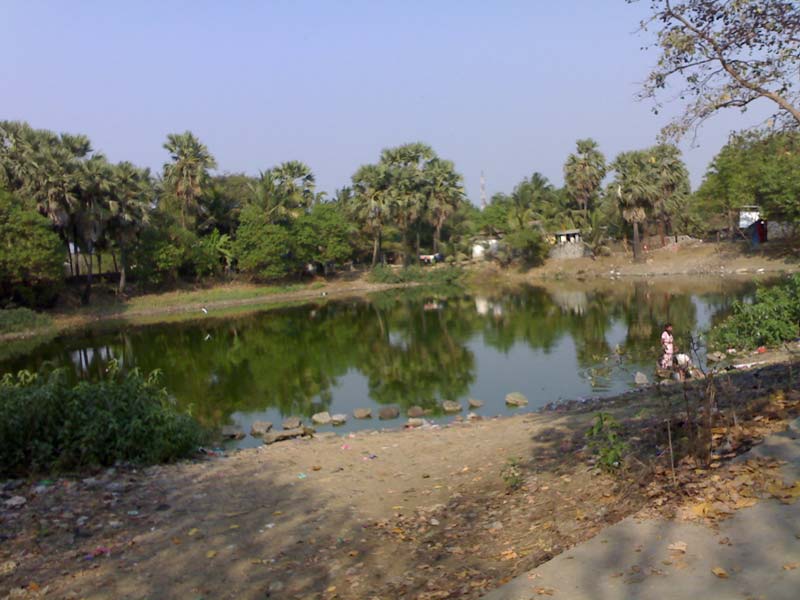 This draft report on the study of lakes by the World Wildlife Fund for Nature (India) documents the physical condition of the lakes in Mumbai. Apart from the three lakes - Tulsi, Powai and Vihar that used to provide water to Mumbai residents, there are many lakes in the Bombay Municipal Corporation jurisdiction that are either polluted by human sewage or industrial effluents and have remained neglected with increasing urbanization.
This draft report on the study of lakes by the World Wildlife Fund for Nature (India) documents the physical condition of the lakes in Mumbai. Apart from the three lakes - Tulsi, Powai and Vihar that used to provide water to Mumbai residents, there are many lakes in the Bombay Municipal Corporation jurisdiction that are either polluted by human sewage or industrial effluents and have remained neglected with increasing urbanization.
There is very little to no data available on the existence of lakes of Mumbai. Several RTI’s to the government bodies also revealed that there was a lacuna in terms of the availability of the data; as a result most of the water bodies are easily exploited. Under this study the baseline data was prepared with the help of Google Earth website. The areas appearing to be lakes were marked on the Google Earth Images. These were verified by the field staff through onsite visits. The survey was conducted during September and October, 2008 and March, 2009. The study considers only the fresh water lakes which were accessible and saline water impoundments have not been considered.
The Municipal Corporation of Greater Mumbai (MCGM) was divided into three zones. Zone I – Colaba to Bandra and Kurla (West), Zone II – Kurla east till Mulund (covering the central suburbs), Zone III- Khar till Dhaisar. The lakes were categorized approximately depending on the sizes by visual estimation. i.e. less than one acre as small (S) between one to three acres as medium (M), between three to six acres as large (L) and above six acres as very large (VL). A total of 129 sites were identified as potential lakes.
The study makes the following observations -
- 26 lakes did not have any vegetation within them but indicated mesotrophic conditions, while the others were at different levels of eutrophication. Based on the visual appeal only 25 per cent lakes appeared clean.
- All the lakes were found to be used for several purposes like drinking, religious rituals, washing clothes or vehicles, gardening or farming etc.
- Fish are the major indicators of the health of the water bodies. During the study 33 per cent lakes showed signs of fish or fishing activity (i.e. 23 lakes). Of the 23 lakes one lake no longer exists. It was observed that the lakes were facing major encroachment problems due to the usage pattern. It revealed that the encroachments were done by local residents (53 per cent); which were then handed over to the builders (21 per cent) and the government agencies (26 per cent).
- The comparative study in September-October 08 and March 09 revealed seven lakes as seasonal. Such lakes are highly important as they act as sponges during the monsoon and also helped in increasing the groundwater level. However such lakes are most neglected and easily encroached upon and need special attention
The study recommends that all the lakes be assessed for their chemical and physical properties as well as the toxicity and metal content. Moreover all the lakes should be conserved and protected from further degradation. It is also necessary to implement the laws that exist to protect the lakes. The municipal authorities will need to work towards cleaning up of the existing lakes and encourage the adjacent dwellers to use and manage the ecosystems sustainably.
Download here -